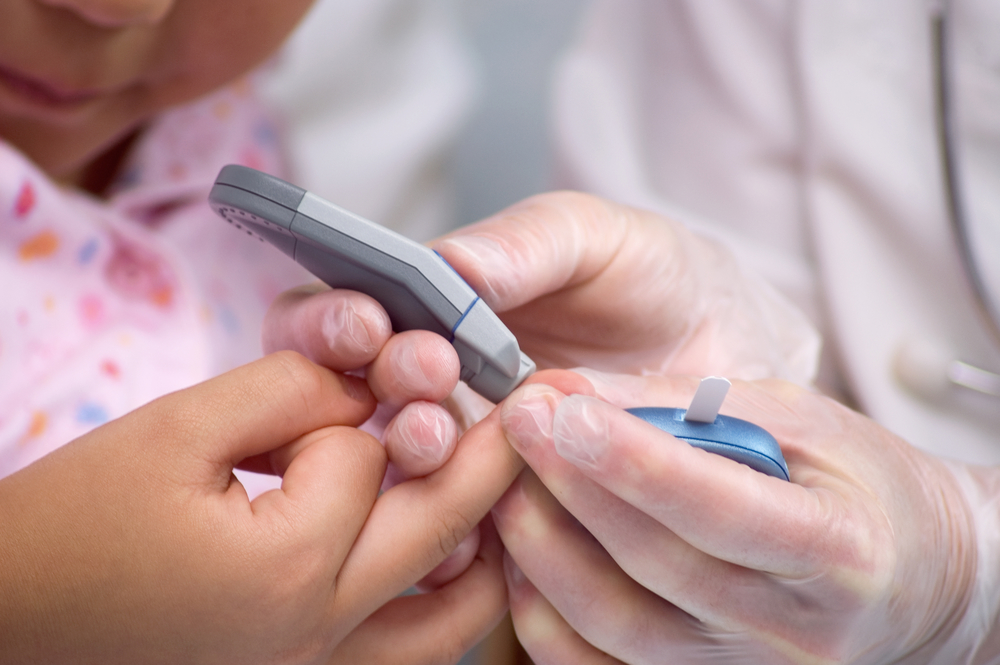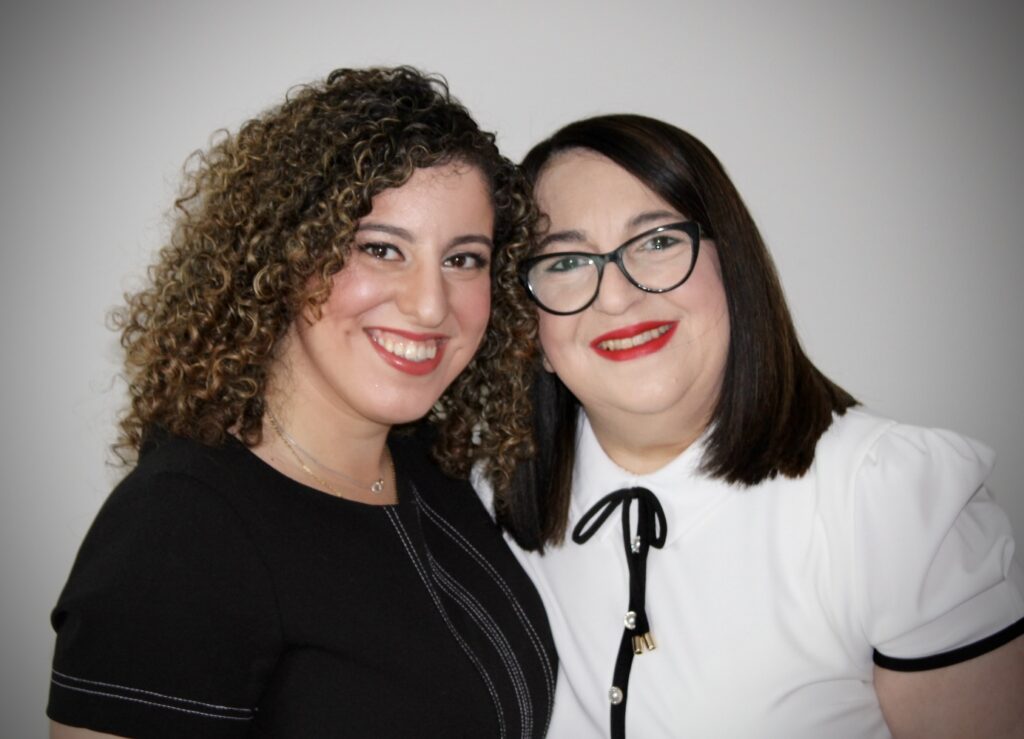Dr. Andrew Swiderski, a pediatrician at Open Door Family Medical Center in Ossining, takes a systematic approach when discussing body weight with young patients and their families.
He shares information that is both objective (by testing) and subjective (through observation) with them, discusses their general health, always focusing on the positive, and leaves them with a game plan in moving forward.
Talking to children and their parents/caregivers about obesity is not easy. “It’s an extreme challenge, one of our hardest jobs in medicine, and being positive works better,” said Dr. Swiderski. “We’re looking for small incremental changes because making behavioral changes is hard.
“At the same time, we also know how difficult it is for our families, who are often faced with equally daunting challenges when it comes to finding affordable and nutritious food choices.”
Open Door is seeing more cases of childhood obesity than ever before, which Dr. Swiderski contributes in part to the fallout from the pandemic. “With being stuck at home, lack of exercise, access to food all day, it really took off. Most kids have not improved a whole lot since we returned to a normal lifestyle.”
The consequences of childhood obesity – defined as a body mass index (BMI) at or above the 95th percentile of the growth chart for age and sex – cannot be understated. An estimated 20 percent of all American children today are considered obese, according to the National Health and Nutrition Examination Survey – a percentage that grows worse among Hispanics and African-Americans. Children who are obese have a four times greater risk of developing type 2 diabetes and other healthcare problems. In fact, nearly 200,000 children in the U.S. already have the disease – which in past generations was virtually unheard of.
Doctors view childhood obesity as the driving force for this. Research shows that complications of type 2 diabetes – affecting kidneys, nerves, eyes – tend to progress more rapidly with earlier onset.
Furthermore, Dr. Swiderski said that a number of his young obese patients also present with the beginnings of fatty liver disease. This can put them at risk of a serious chronic condition known as non-alcoholic steatophepatitis (or NASH), which can lead years later to cirrhosis or liver cancer.
While part of obesity in children is due to genetics and the child’s metabolism, “the rest is lifestyle and nutrition and this is what we focus on,” said Dr. Swiderski. When excessive time is spent on social media and video games and as a result less time spent exercising. In addition, increased snacking, the availability of junk and fried food, and poor options for school meals also add to the problem.
Higher Prevalence in Underserved and Minority Communities
Obesity is particularly bad in the underserved communities treated by physicians like Dr. Swiderski and is far more evident among Hispanic and Black children. According to the CDC, 26.2 percent of Hispanic children are considered obese as are 24.8 percent of Non-Hispanic Black children, compared to 16.6 percent of non-Hispanic White children.
“School meals are very important to many of our families and since they are free, their kids often have breakfast and lunch there. Choices are not always the healthiest and offerings like chicken nuggets, French fries, burgers, chocolate milk and so forth set a bad example for the students. You can be doing a great job at home, but if the kids are making unwise selections at school, it can sabotage these efforts.”
Families in the community, he said, often have no choice but to do their grocery shopping at neighborhood stores that often provide little in the way of fresh fruit or vegetables, offering instead choices high in fats, sugars and calories.
A “Family Issue”
Dr. Swiderski calls obesity a family issue – “it’s not the kids who are buying the food” – and often speaks to patients and their parents separately during their visits in the hopes it will give him greater insight. He may run lab tests to provide benchmarks and because his patients “respect lab values and it often wakes them up when they see something in red on the screen.” He discusses the child’s dietary habits and lifestyle and works with the patient and family on a plan moving forward.
“The big problems are things like sweet drinks and soda, and foods with excessive carbohydrates like rice and pasta. I show them how one cup of juice a day is one pound gained per month. It’s an easy way for them to understand how they can cut back.” In some cases, he refers the patient to a nutritionist. He tries to be realistic when it comes to an exercise program. “Expecting them to do physical activity every day is unpractical. I encourage them to walk to school, walk the dog, go for a bike ride, try to get involved in sports, or join a gym.”
He also pushes the importance of sleep, as less sleep effects hormones which may increase appetite and weight gain. A big culprit causing sleep deficiency is electronics, he said, and he recommends children avoid screen time during the hour before bedtime. “It takes an hour to slow down. Light from these devices goes into the brain and tricks the body into thinking it’s still daytime so it doesn’t produce the necessary melatonin, a hormone which causes sleepiness.”
Dr. Swiderski always ends the visit by focusing on the positive. “I want them to walk away feeling motivated and encouraged rather than cornered or ashamed,” he said. “I try to pick out red flags and say ‘Let’s work on this’ and set some goals. We wrap up the visit playing up the positives and choosing a plan that will make a difference. If nothing is going well, I still try to give them an ‘A’ for effort.”




